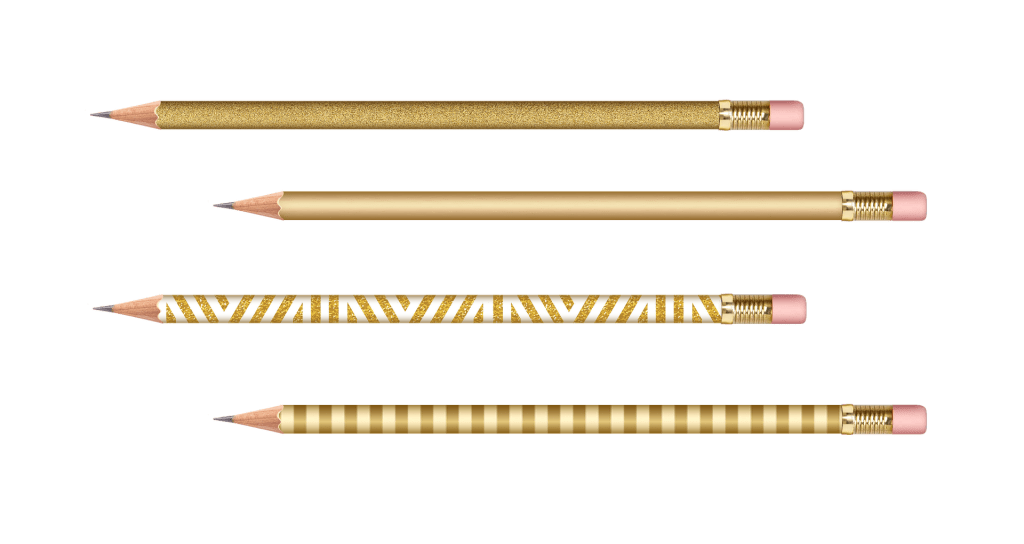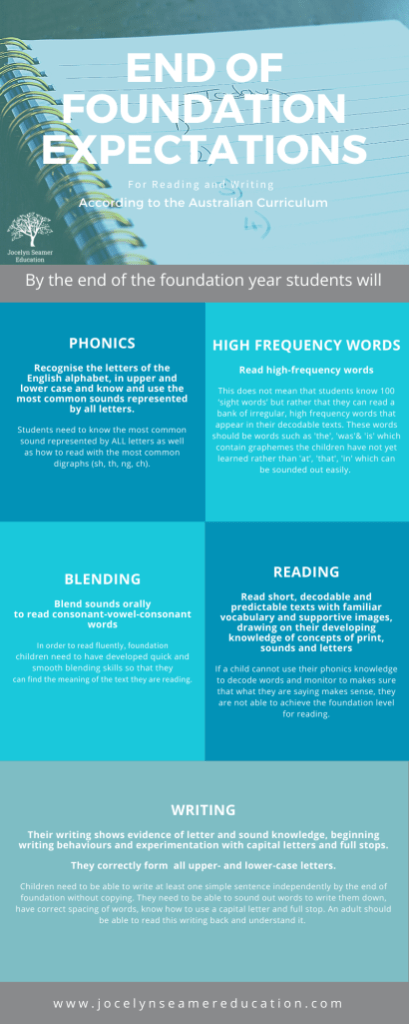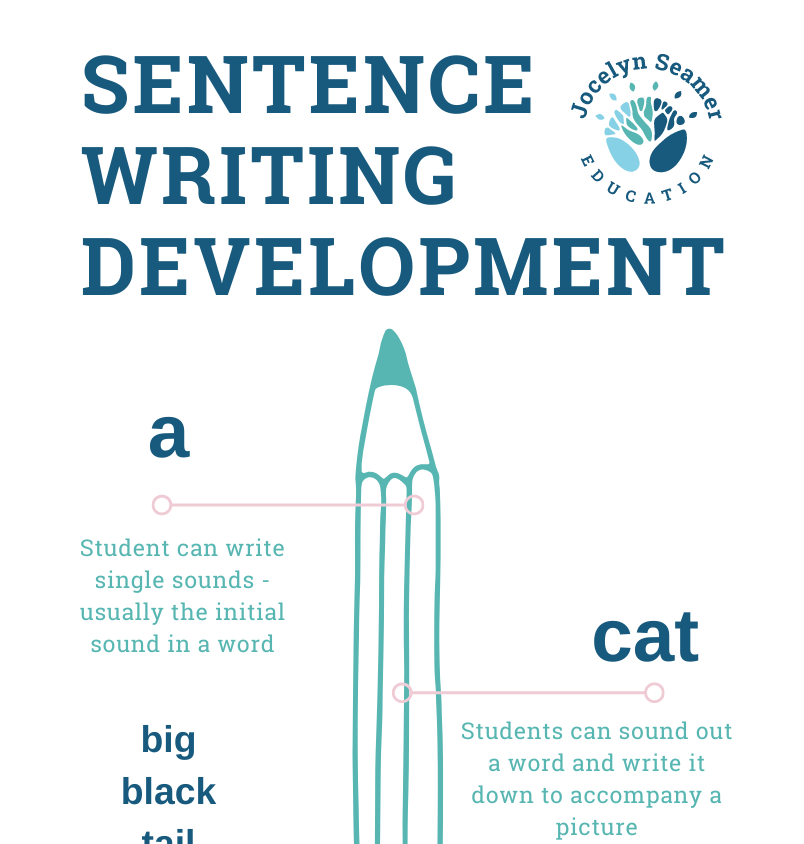From Sounds to Sentences
One of the big questions I hear Foundation (Kindergarten/prep/pre-primary/reception/transition) Teachers ask is, “When should children be writing sentences?” I would like to answer this question as it relates to skills as well as age. To focus only on the ‘when’ as a consideration of age can lead us to ‘achieve’ this by any means possible, including having children copy scribed sentences and use word banks to copy the words rather than segmenting and writing themselves. Instead, we need to recognise the highly complex task that writing really is and be clear about what we need to see children doing to have confidence that they are well on the way to acquiring strong writing skills.

It is useful at this point to really define what ‘writing’ is. I know that sounds strange, but how do we know when children have ‘made it’ in the sentence writing stakes? My definition is:
“Writing is the act of representing thoughts, ideas or experiences using readable words and sentences.”
My metrics for saying that a child has ‘achieved’ sentence writing are:
- The writing is independent (but an adult may be consulted to confirm details such as how to write ‘sounds’ they haven’t learned yet)
- Tools such as alphabetic code charts and irregular high frequency word reminders may be used independently (but the goal should be to be able to let these go over time).
- Any adult can read the sentence and understand what it means. This requires the child to have represented the sounds in the words – even if the spelling isn’t always accurate.
- The child needs to be able to read the writing back themselves.
It is also worth noting that the processes are just as important as the product in making this distinction.
The Australian Curriculum outlines writing requirements for Foundation this way:
“When writing, students use familiar words and phrases and images to convey ideas. Their writing shows evidence of letter and sound knowledge, beginning writing behaviours and experimentation with capital letters and full stops. They correctly form known upper- and lower-case letters.”
This statement can be misleading and can lead us to underestimate what a child needs to be able to do to have achieved the Foundation standard. The graphic below gives extra information about the expectations for the end of the foundation year.

To get back to my original assertion that we could explore the concept of ‘when’ in terms of skills, let’s have a look at the
Skills necessary for strong sentence writing
- Orally produce a simple sentence independently
- Be able to hold that sentence in their head as they write
- Have strong phoneme/grapheme skills so that they can think about a ‘sound’ and automatically write the letter or combinations of letters that represent that sound.
- Letter formation is automatic and correct.
- Segment words up to 4 phonemes (sounds) and write the graphemes (letter or letters) to spell the word. This process needs to be automatic or at least require so little cognitive effort that the student can access the oral sentence they are ‘holding’ in their working memory to write the next word.
- Read back their own writing.
- Know a range of irregular high frequency words to facilitate writing (the, I, was, is, are, to etc)
In terms of a progression of ‘writing product’, you can view it this way
Progression of Transcription Skills
- Students can write single sound to represent a word (usually the beginning sound)
- Students can sound out a word and write it down to accompany a picture
- Student can write single words as a list on the same topic (words to describe the cat)
- Student has the stamina to process at sentence level and can write a simple sentence of 4 or 5 words.
- Student writes sentences as a list. Usually with the same first words in each sentence. (the cat is big. The cat is cute. The cat is furry)
- The student writes sentences connected by a pronoun. (The cat is big. It is brown)
- The student can write multiple sentences on the same topic in a paragraph.

There are grammar related considerations to consider in plotting student progress in sentence development. You can read more about that here
How do we build strong skills?
In order to develop strong sentence writing skills, focus on the following:
- LOTS of oral language work so that children build super strong oral language skills.
- Teach phonemic awareness every day and include segmenting in every phonics lesson
- Teach phoneme grapheme correspondence rigorously, including ‘sound quizzes’ where you say a sound and children have to write it as quickly as they can.
- Teach handwriting explicitly and only with teacher guidance. Do not assign handwriting to a ‘centre’ without adult support.
- Engage in modelled/shared writing every day at sentence level.

- Provide daily opportunities for children to apply their transcription skills in ways that are meaningful for them. Motivation for writing comes from having sound skills but also from having the chance to write about something you care about.
Getting children to write sentences is a massive step in their development. Once they have achieved this milestone a whole world opens up to them. It can be hard to know what to expect in Foundation and how to get them there. By focusing on a child’s current level of transcription and explicitly and intentionally planning for the child’s next steps you are supporting them to develop skills that will last them a lifetime.
Click below to download this infographic freebie.



1 comment
Leave a comment